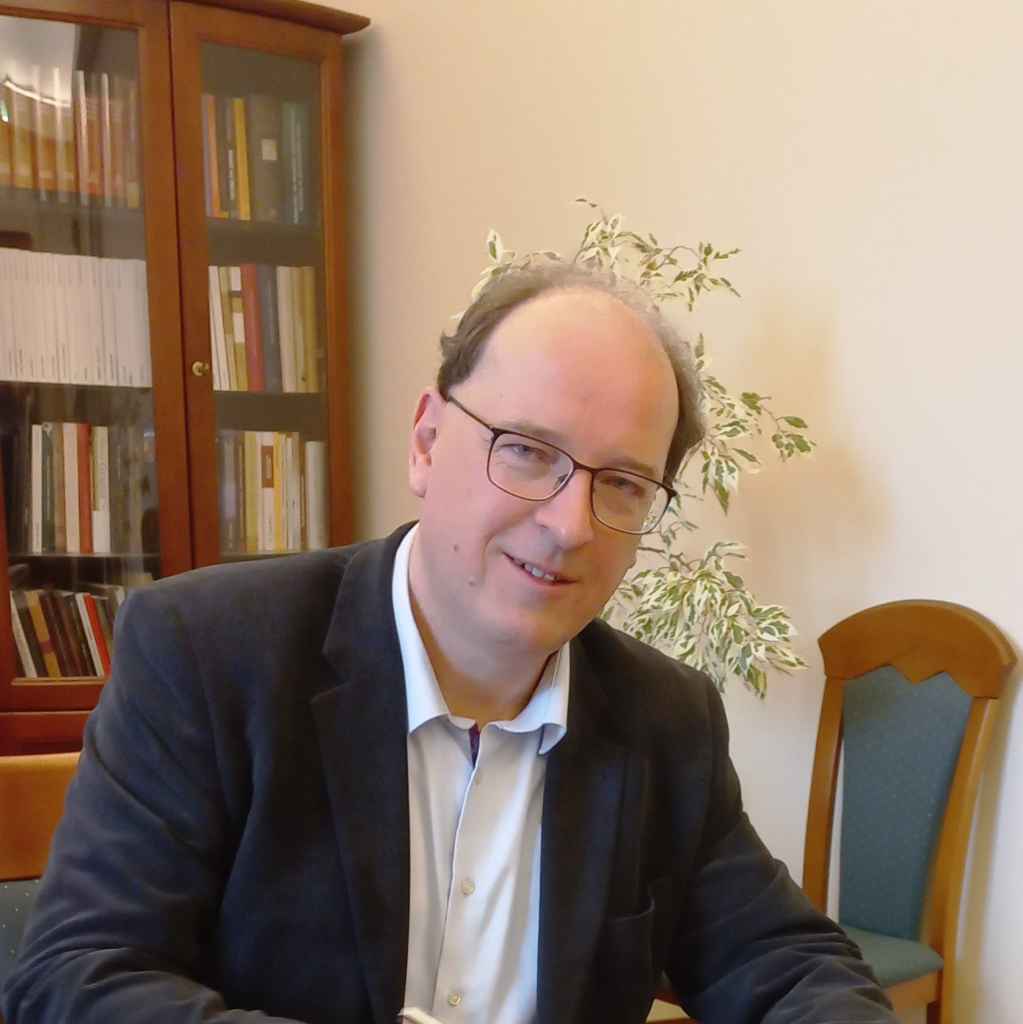 2024 m. spalio 22 d., 17 val. Vilniaus universiteto Istorijos fakulteto 211 aud. vyks viduramžių istorijos prifesoriaus Paweł Kras (Jono Pauliaus II katalikiškasis univerasitetas Liubline, Viduramžių studijų centras) paskaita Pietas Jagellonica. Royal Prayer Books and Religious Practice of the Jagiellonian Dynasty.
2024 m. spalio 22 d., 17 val. Vilniaus universiteto Istorijos fakulteto 211 aud. vyks viduramžių istorijos prifesoriaus Paweł Kras (Jono Pauliaus II katalikiškasis univerasitetas Liubline, Viduramžių studijų centras) paskaita Pietas Jagellonica. Royal Prayer Books and Religious Practice of the Jagiellonian Dynasty.
Paskaita vyks anglų kalba.
Pietas Jagellonica. Royal Prayer Books and Religious Practice of the Jagiellonian Dynasty
Prayer books remain one of the best source materials to study the piety and religious practice of their owners. They give insight into the sensitive and barely accessible sphere of religious feelings of individuals who commissioned and regularly used them for private devotion. The production of handwritten and luxurious prayer books in the late Middle Ages reflects the dynamics of growing literacy on the one hand and the desire of the laity to have more direct access to God. The prayer books commissioned by the members of the Jagiellonian dynasty offer a rich material to analyse their piety and religious worship. The first prayer books were produced for the sons and daughters of King Casimir Jagiellon and his wife Elisabeth Habsburg. Particular prayer books differ among one another in contents and decorations, reflecting individual religious inclinations of their owners. At the same time, however, examined as a corpus of source material they throw light on the common features of the Jagiellonian piety.
Eight prayer books commissioned by the members of the Jagiellonian dynasty remain extant, though most of them are located outside Poland. Three of them are published in critical editions and four other are available in facsimile. The recently published Prayer Book of Prince Alexander Jagiellon, preserved in the British Library, offers a good opportunity to overview recent research on the piety and religious practices of the Polish-Lithuanian dynasty. The lecture is intended to present extant prayer books of the Jagiellons showing them as a key source to study religiosity and its transformations at the turn of the fifteenth and sixteenth centuries.
